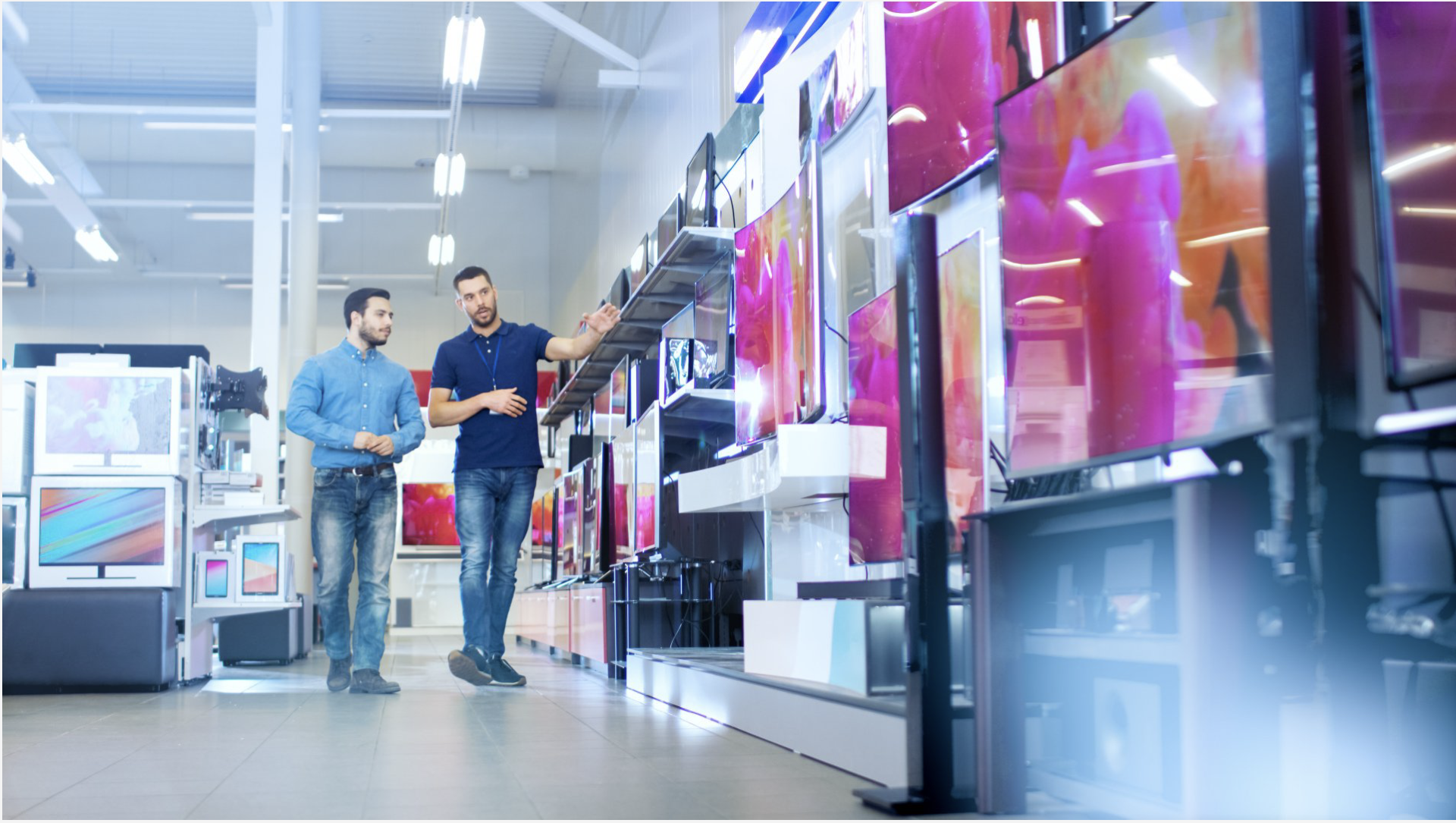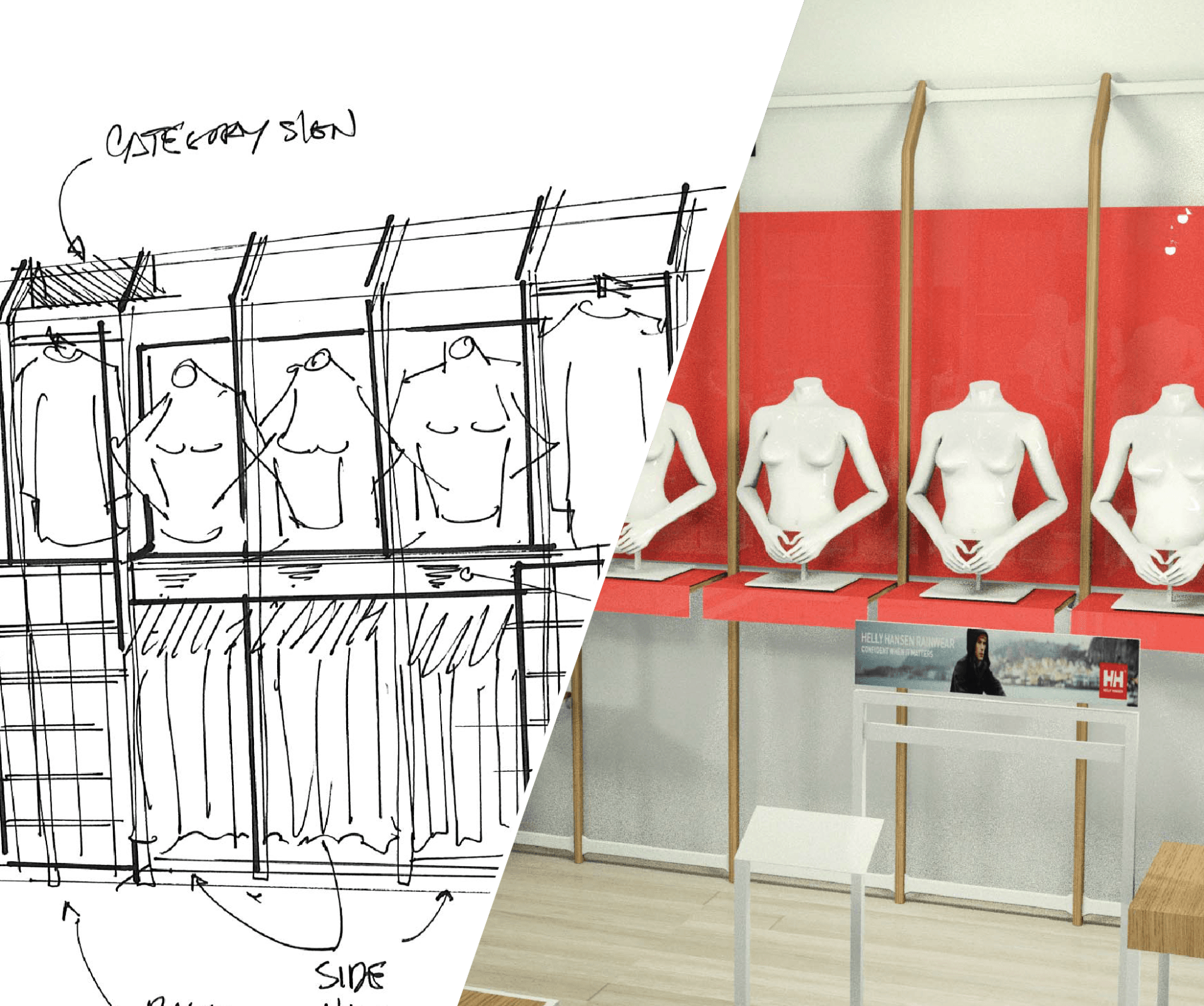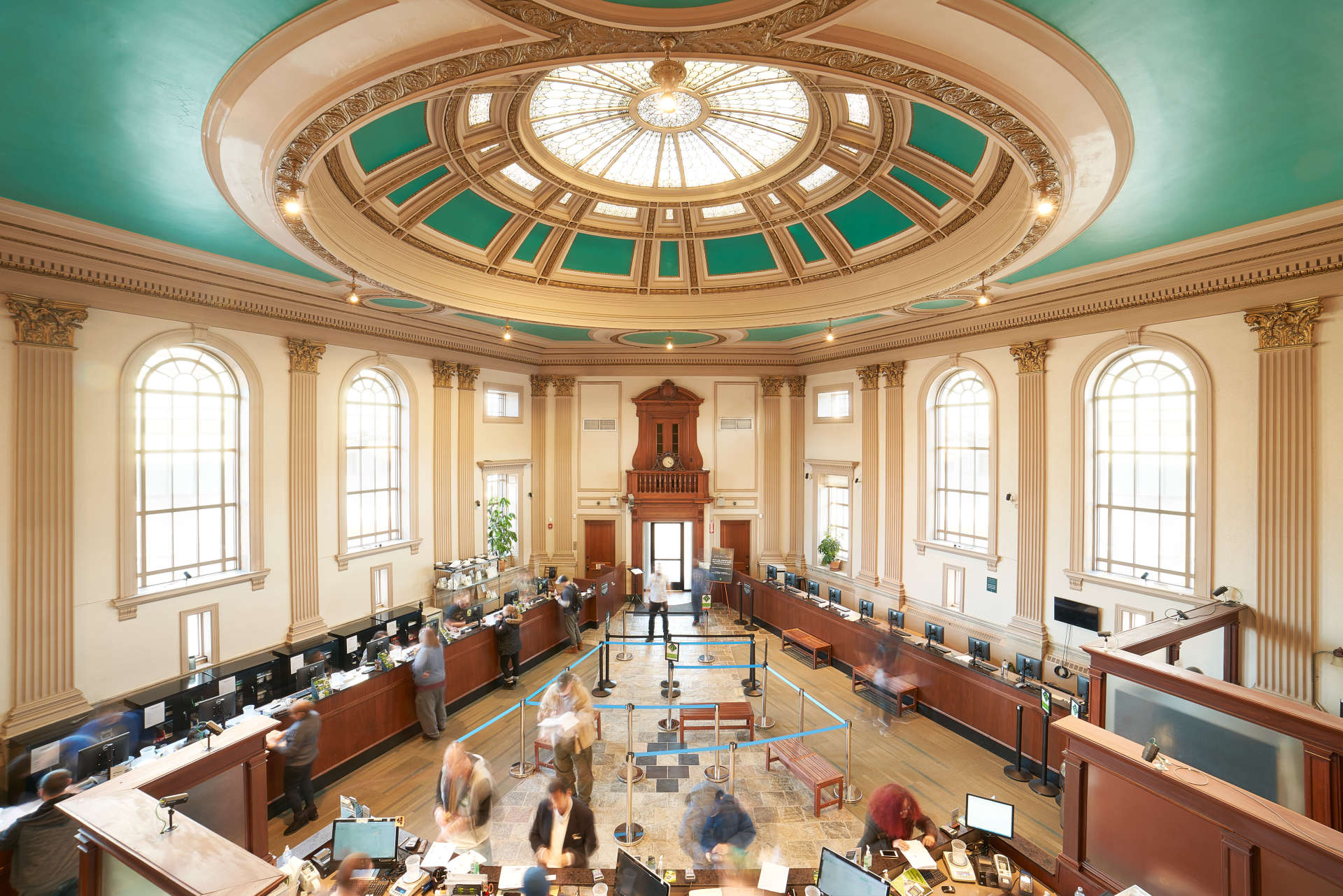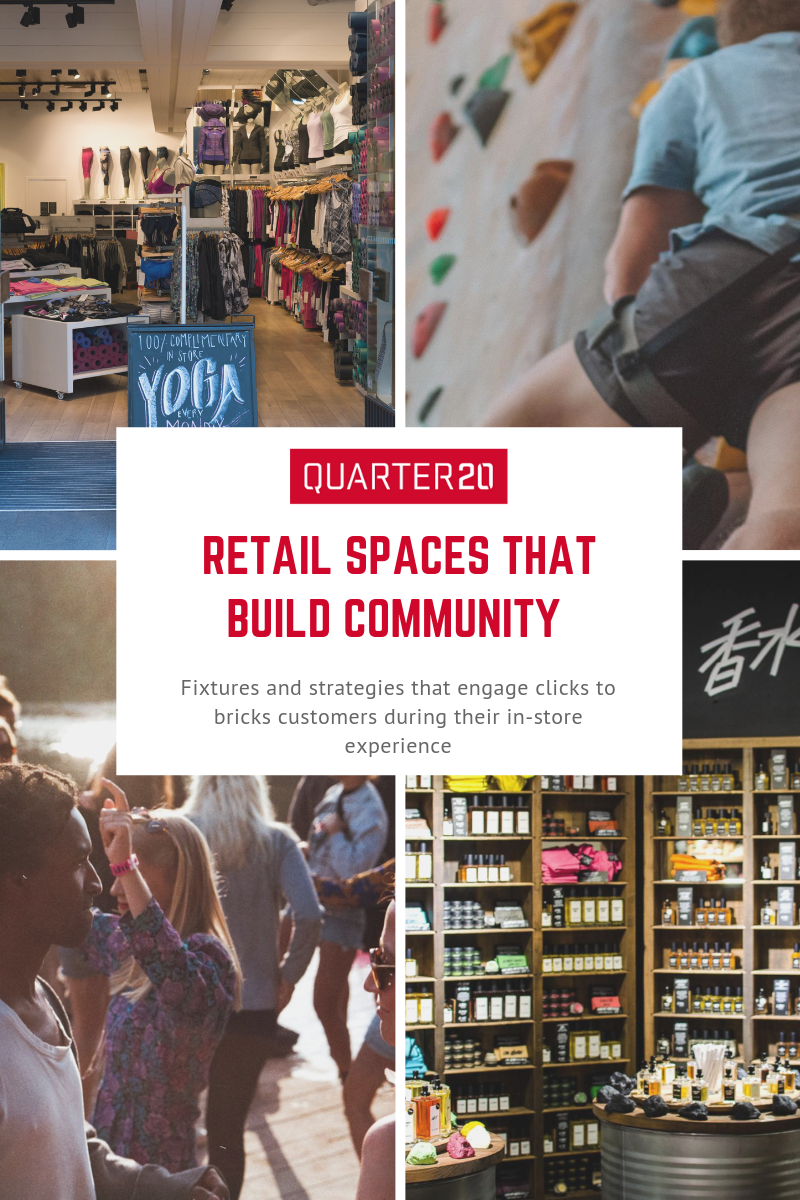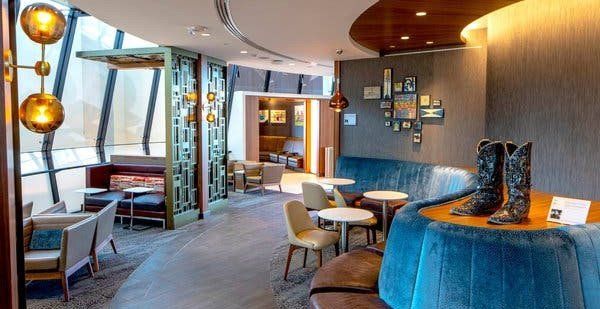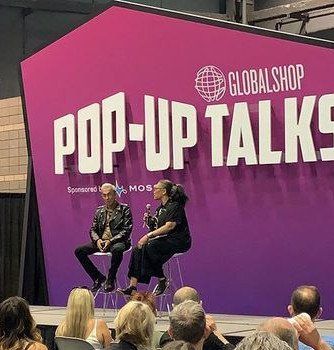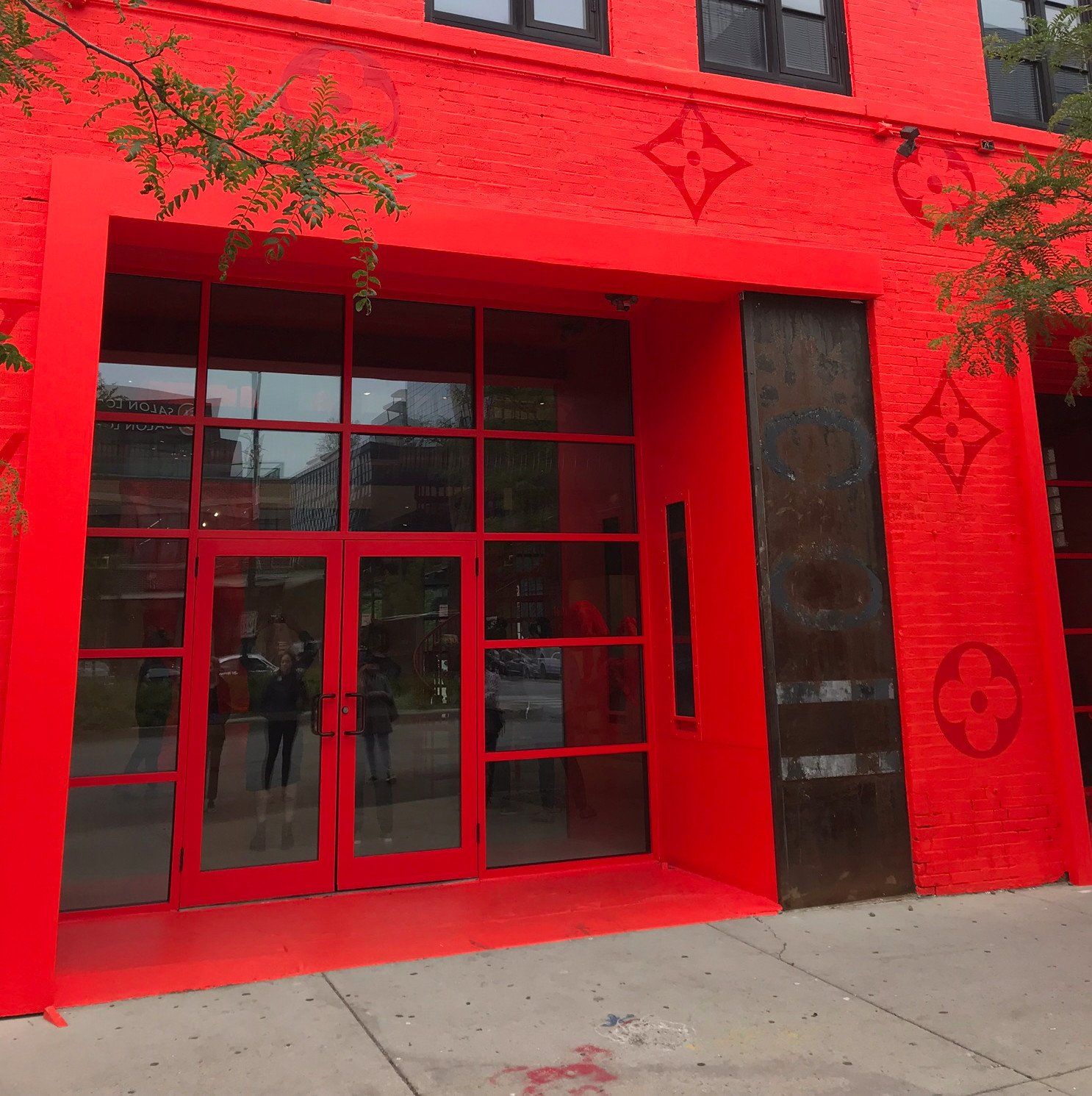Three Ways Your Retail Environment Can Help Brick and Mortar Product Sales Surpass Online Channels
Much has been said about the effect of e-commerce success on retail environments. Online sales accounted for almost 12% of sales last year, but the real news is that retail remains strong and stores that can create a successful retail environment will still thrive. In many ways, a carefully crafted environment can help boost in store sales beyond those of online channels. The question is how?
Deliver a Satisfying Experience to Create Retail Success
Crafting a retail experience that successfully attracts shoppers requires thoughtful creativity. The danger that some stores fall into is creating irrelevant experiences like opening a coffee shop in every store, which may or may not drive foot traffic. To attract purchasers, the experience should be relevant to the brand, and ideally it should solve a customer problem – to offer needed information, to entertain and engage, or to create community.
One advantage of brick and mortar is that many shoppers associate brick and mortar stores with easier returns. Online retailers are also recognizing the need to offer returns in store. By offering returns, stores have an opportunity to make additional sales with products that the customer either needs or discovers during their visit. The key is to consider the path the consumer will travel when they come to make returns, and what products should be placed nearby, as well as other ways to capitalize on the visit. Then make the return process as simple as possible.
Even retailers that made their name online recognize that brick and mortar stores are key to growth. Warby Parker is a good example, with their introduction of retail locations for customers who need to try their options. Part of Warby Parker’s strategy for success has been the decision to test some new locations with pop up shops before investing in extensive infrastructure and leases. As customers are drawn to these stores, Warby Parker has been able to gather data to determine which are suitable for a brick and mortar presence.
Capitalize on Touch and Feel
The ability to see, smell even touch and feel the products ranks as one of the main reasons that most purchases still take place in physical stores. That’s one reason online mattress company Casper partnered with Target to bring mattresses to stores. Many customers like to try products before making a decision, and they end up happier with the decision they made (and less likely to return the product). Retail experiences that are creatively designed to allow customers to test out the merchandise can boost overall sales.
Create a Store Environment That Incorporates Online
Customers may value some aspect of the store experience – like trying on clothes or smelling perfumes – but ultimately buy online. The retail location still brings value, although traditional measures like sales per square foot may not measure it.
Take advantage of the benefits of both channels to strengthen overall customer engagement and brand affinity. Retail locations can be used to gather data about why customers do or don’t buy a particular product, and the environment can be subtly designed to assist in this data gathering.
Home Depot has adopted a blended multichannel strategy, maintaining revenues and keeping stores open while developing a viable online sales channel. Home Depot gathers data about what sells well in store, and has capitalized on that knowledge by expanding those categories in store. The result is that they are able to capitalize on online sales, and their existing stores are profitable as well.
For brick and mortar stores that hope to surpass the sales of their online competitors, the key is to focus on motivators like choice, immediate gratification, and personal service. Pairing online and brick and mortar helps successful retailers deliver rewarding purchase experiences along with the product itself.
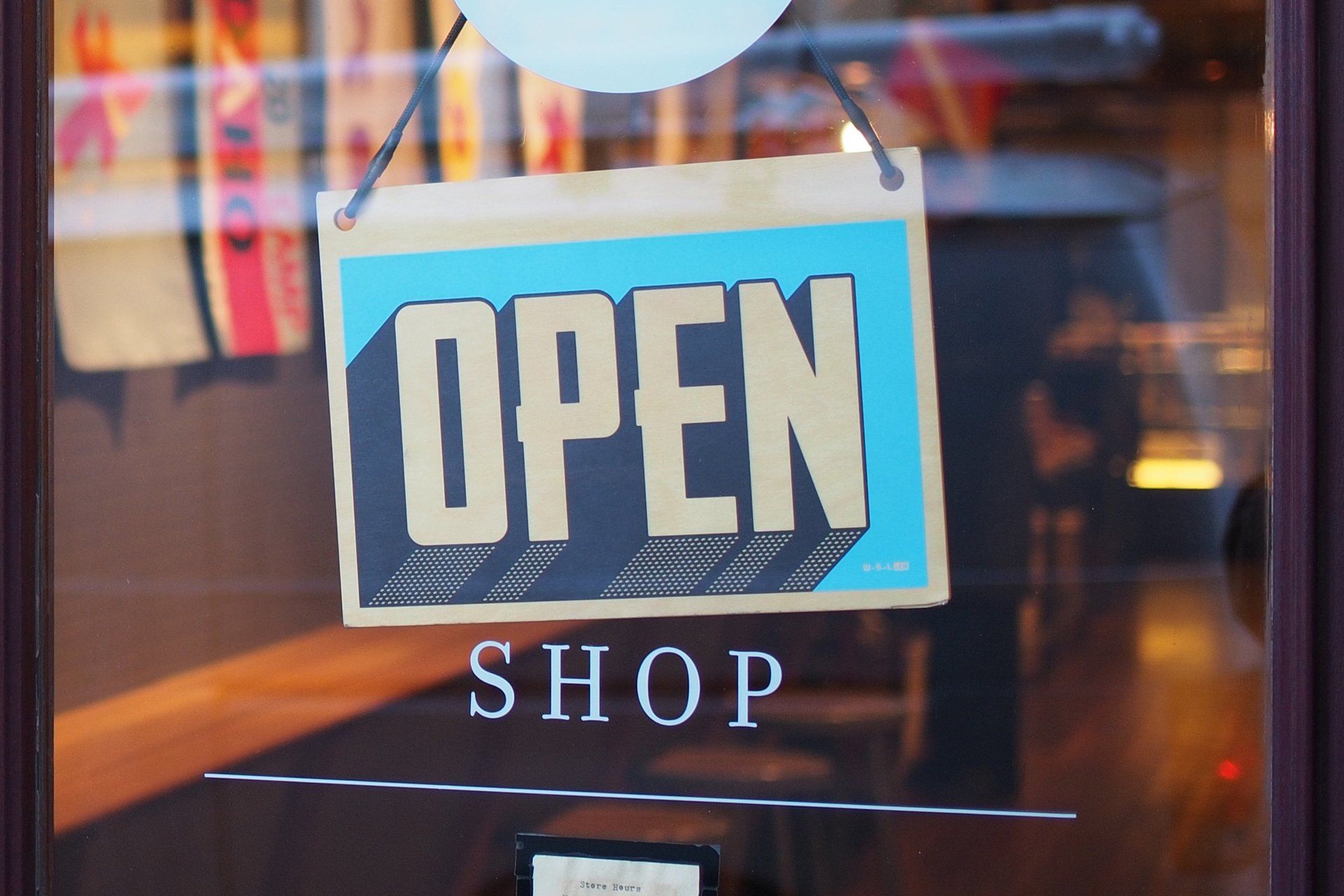
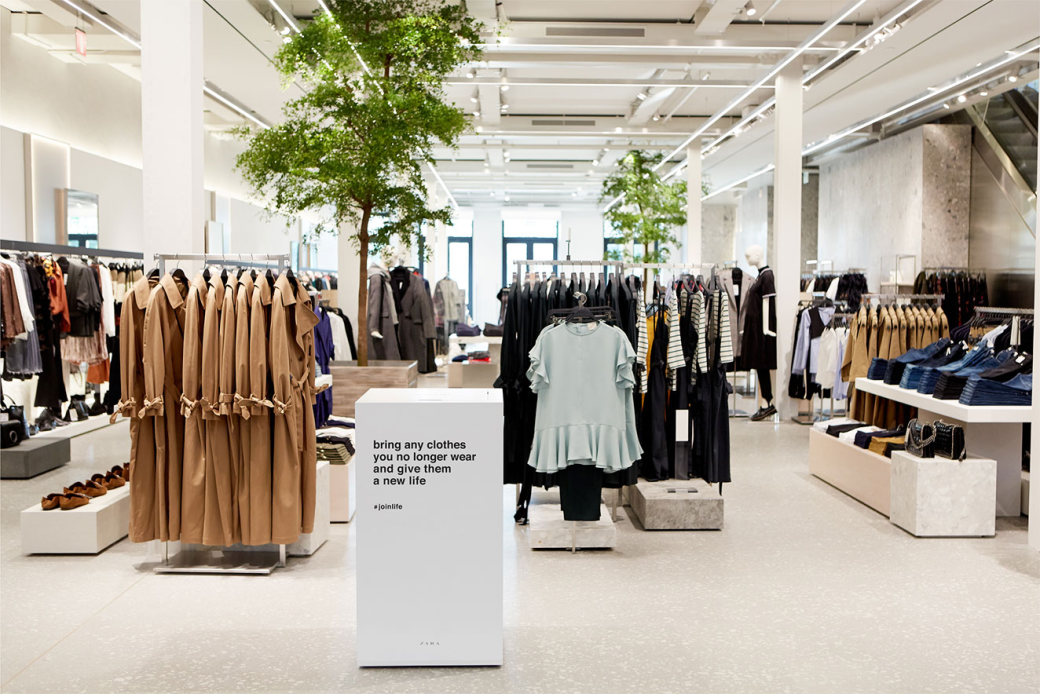
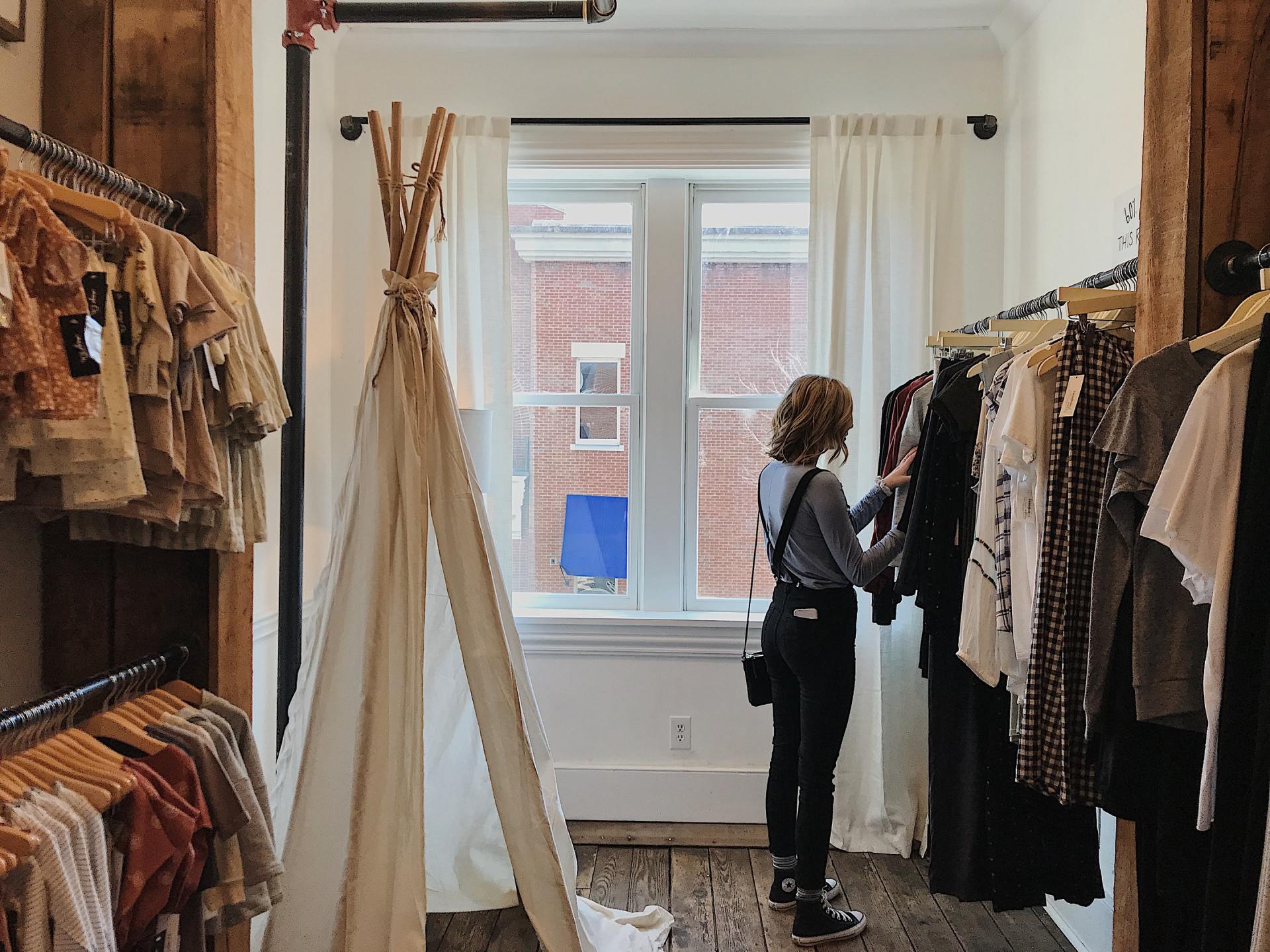
The Case For Convenience. How These Retailers Built Convenience Directly Into Their Brand Experience
